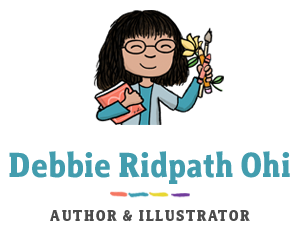(Last updated: February 5, 2016)
Before writing the MITZI TULANE, PRESCHOOL DETECTIVE picture books, Lauren McLaughlin worked as a screenwriter (Hypercube, Prisoner of Love, Specimen) and producer (American Psycho, Buffalo ’66, Vig, Stag, and others) in the film business and has also written several teen novels (Cycler, (Re)Cycler, and Scored). You can find out more about Lauren and her work at LaurenMcLaughlin.net, on Twitter at @LaurenMcWoof and on Instagram at @LaurenMcLaughlin3.
Thanks to Lauren for answering a few questions about her MITZI process and inspiration!
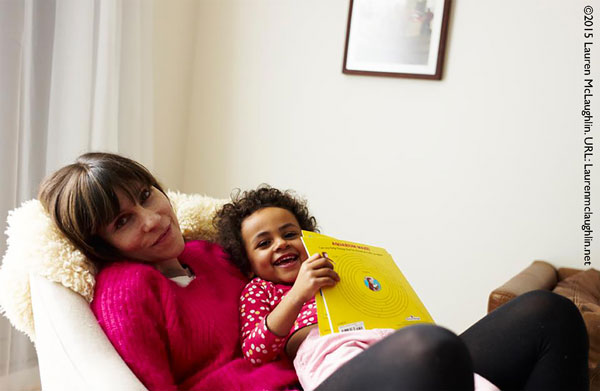
Q. How did the first Mitzi book get published?
I’d been working with Mallory Loehr at Random House for a few years. She is the editor of my first three Young Adult novels. When I wrote Mitzi, my agent sent it to her and she loved it. Later, Mallory was promoted at Random House and she brought in Maria Modugno who took over as editor of the project. Since Maria is so well-known and well-loved in the industry, I was super excited to get to work with her on it. To have this team of people behind your very first picture book is an incredible honor.
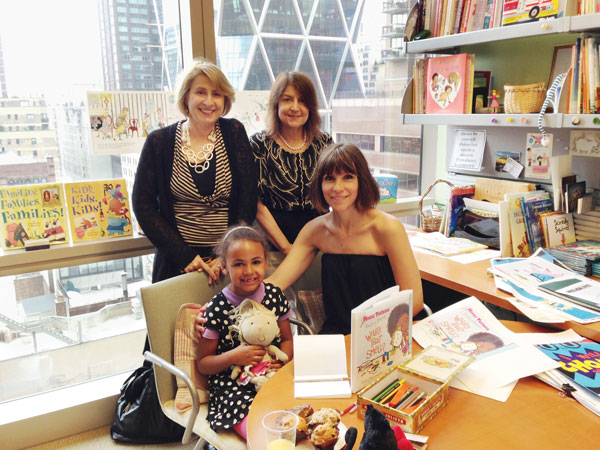
Q. How did you get the idea of writing MITZI TULANE, PRESCHOOL DETECTIVE: WHAT’S THAT SMELL?
I’ve been reading to my daughter ever since she was born. It wasn’t until she was around three years old that she started having strong opinions about the books I chose for her. She was primarily interested in the pictures and I wound up having to read a lot of books that, while great pictorially, were somewhat lacking in the storytelling department.
As any parent knows, however, when a child develops a fondness for a certain book, you’re going to be reading it to her over and over. I found myself, gently “editing” the books as I read them to her in an attempt to improve on them, and, after a while, I realized I should try my hand at writing one.
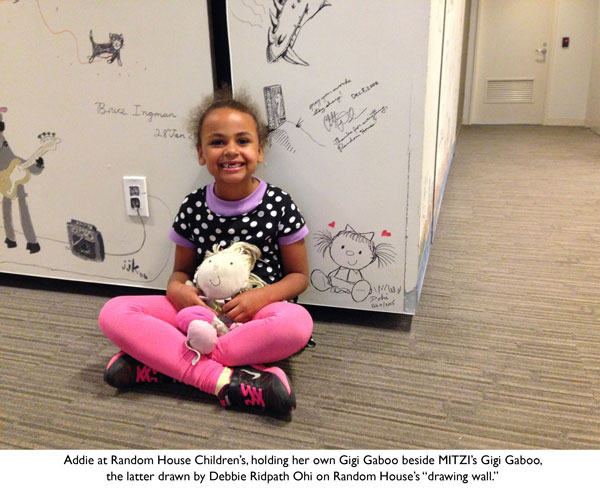
The character of Mitzi was directly inspired my daughter and her unquenchable curiosity. Every day life was so full of mysteries and surprises to her and I really wanted to explore that. When you stop and think about it, all children are detectives, working to piece together the clues of their world.
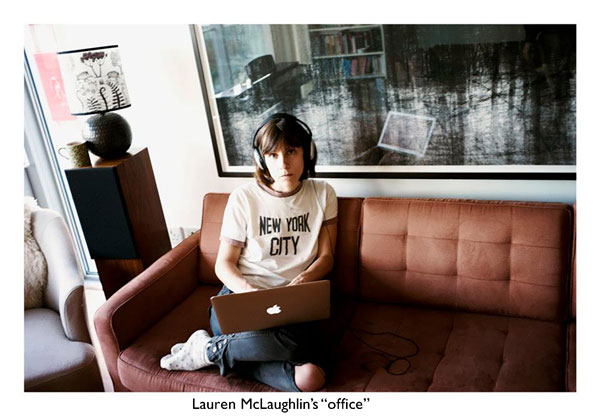
Q. How long did it take you to write MITZI TULANE, PRESCHOOL DETECTIVE: WHAT’S THAT SMELL?
It took about six weeks to write three Mitzi stories. Then I spent another three or four months rewriting them before I sold them to Random House. Once I sold the concept to Random House, we had to decide which two of the three would come first. Then began the process of editing and rewriting those two.
All in, we’re looking at a year’s worth of writing, although I was working on other projects at the same time. The interesting thing about children’s picture books is that there are so few words that each word matters a lot more than it does in a novel.
For me, a picture book is like a song or a poem. It must sing and dance, and have perfect rhythm. Plus, you have to leave room for the illustrations to not only enhance the story but, in some cases, to tell the story. It’s a beguiling and wonderful process.
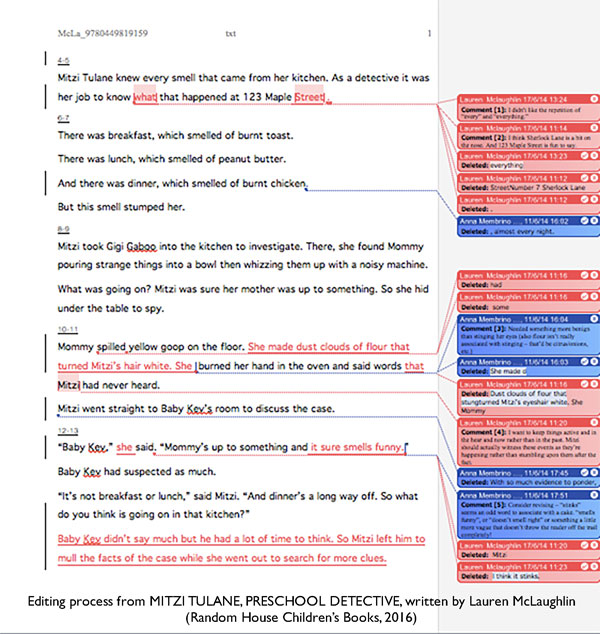
Q. What was the writing and editing process like?
I am a big rewriter. Every sentence has to be perfect. But more than that, the story as a whole has to be perfect. Mitzi Tulane WTS went through two rewrite passes with my editor, Maria, then a bit of nipping and tucking with the copy editor. I remember spending a full week working on just one phrase. It had to be exactly right or I couldn’t sleep at night.
There were also a few occasions where I changed something in one draft, then changed my mind about it in a later draft. Sometimes you have to be away from a draft for a few weeks before you can see it clearly. A good editor, like Maria, can provide that extra set of eyes, that extra ear, that helps an author maintain perspective on the story as a whole.
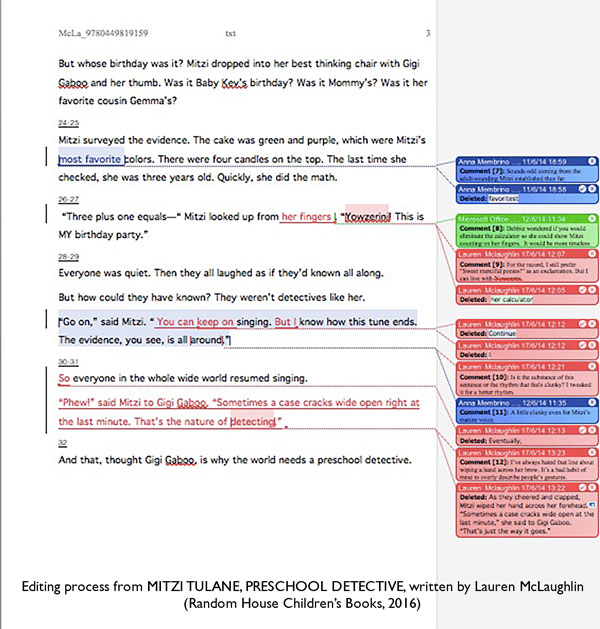
Q. Was writing picture books harder or easier than writing YA?
The hardest thing about writing novels is that they’re long. Their stories twist and turn and hurl themselves off cliffs. Perfectly designed outlines fall to pieces once you commit them to draft form.
Picture books, on the other hand, are mercifully short. That’s not to say you can’t get lost while writing them. You certainly can. But you only get so far into the woods before you find your way out again. The biggest challenge for me with picture books is creating that magic, that sense that this book absolutely had to be written.
You’re writing for a child, but you’re also writing for the child’s parents or whatever adults will be reading to the child, so you have to appeal to both audiences. And, because I’m not an illustrator myself, I have to somehow imagine how this story will come alive for both of those audiences in pictures.
In a way, it’s like writing screenplays, which is something I did before turning to fiction. The finished project is not merely the text itself, but the text and pictures. So you have to find a way to use the story and characters to invite great illustrations and leave room for them.
And, if you’re very very lucky, your editor brings you an illustrator like Debbie who gets right on your wavelength and knocks it out of the park.
[From Debbie: Thanks, Lauren! :-)]
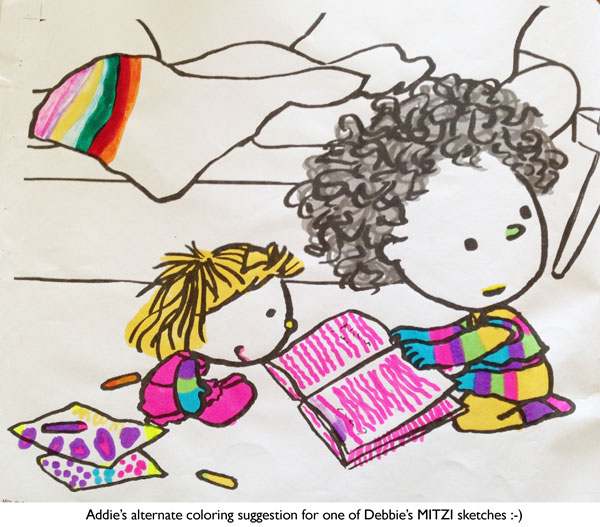
Q. What advice do you have for young writers?
My advice for young writers is to read a lot, write a lot, and live a lot.
You have to stock your imagination with real, authentic, textured, lived experiences. You have to know people, both deeply and broadly.
Don’t just study writing. Go out in the world and work, travel, meet people. When you find yourself having to earn a living doing something other than writing, embrace it. Learn from it.
Pay attention to everyone you already know. They will show up in your writing.
Whether you manage to have a career and earn money as a writer is partially out of your hands. Luck has something to with it.
All you can do, and all you must do, is to write the stories only you can tell.

